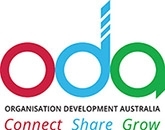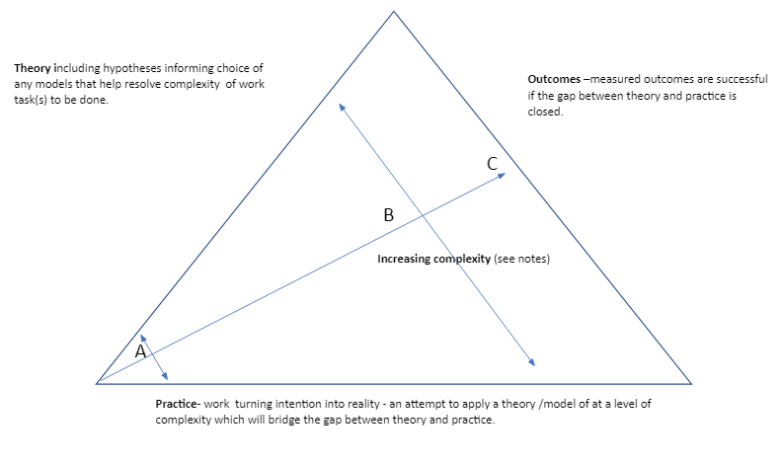A Review by Geoff McGill, ODA LG Member
A terrific and experienced group of practitioners came together for our discussion of models in OD practice under the guidance of Allison Tsao, ODA Leadership Group member and founder of OD consultancy, Humans Who Lead, and Kaliopi Tsousis, ODA Vice President.
The night provided a fruitful opportunity to stop and reflect on how we think about models and how we use them, and if and at what point models can stop being helpful.
For me, the promise of a lively discussion of the interaction between theory and practice with the potential for new insights emerging was realised, as the event design allowed us ample time in breakout groups for deeper connections and conversations.
The evening was well structured around 3 key themes (1) exploring how people defined a model; (2) what were some of the models that people used in their practice (listed below); and (3) a discussion of what were the practical limitations of the use of models in the practise of OD. Some models commonly used by participants in the group follow at the end of this article.
Through our discussions we formed a shared view of the term “model”:
A model is a visual representation of a mental construct or idea; models are boxes, arrows, structures, and frameworks; there is an underpinning theory (tried/tested/applied) and they help us see something we didn’t see before, they can be a lens, like a pair of glasses.
A recurring issue or theme was the need for care in the language used in talking about models and how easily some groups we work with can quickly disengage if they hear the dreaded word “theory”. At the same time, it was generally acknowledged that a model, either explicitly or implicitly, is the representation of a hypothesis which should be open to testing, and how an understanding of the underlying assumptions which may limit applicability in practice, was essential
We discussed how a model could be helpful at a point in time but changing circumstances and context could radically change this. An example recently experienced by many is how models of work and team have shifted with the significant and perhaps permanent shift in the prevalence of working from home. This yielded further insights into the need to review and test underlying assumptions and the context in which a model might be used.
Download and view Powerpoint on “Turning Theory into Practice“

